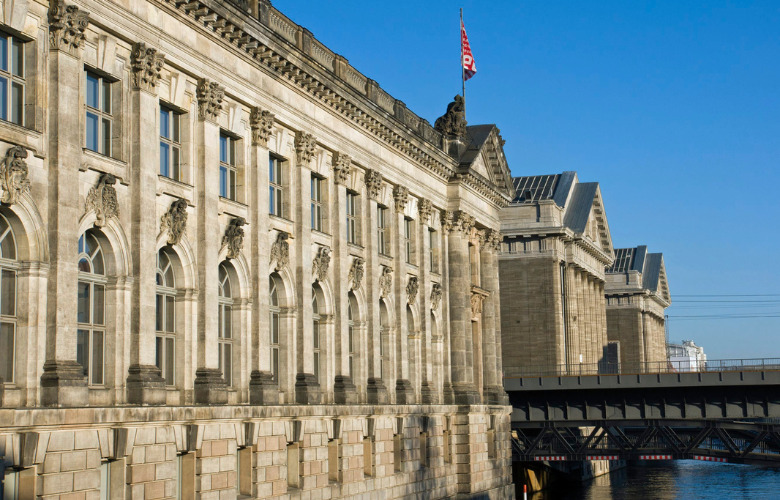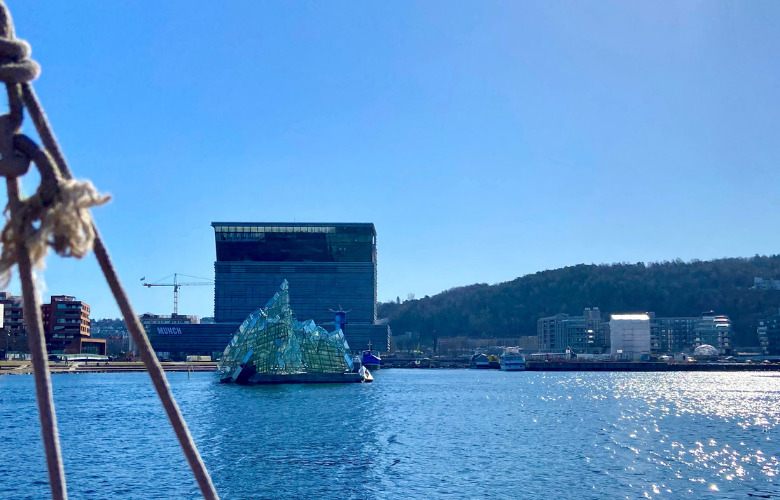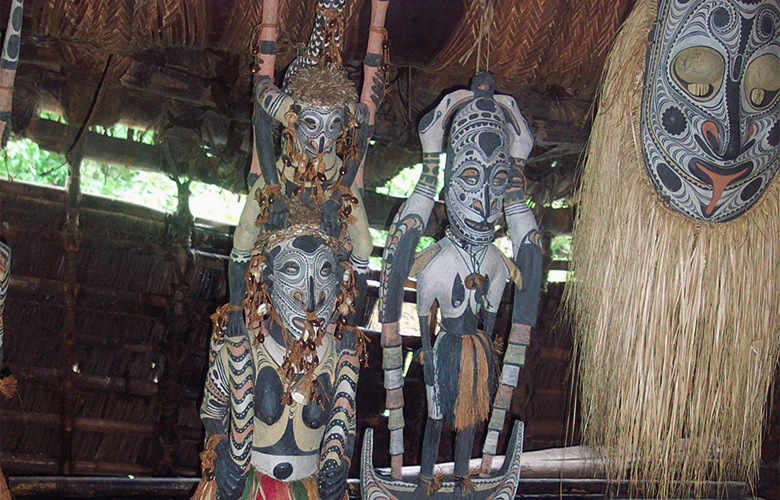
The Pergamon Museum is one of the most visited and possibly most controversial museums in Germany. It is located on Berlin’s Museum Island and houses original, reconstructed monumental buildings such as the Pergamon Altar, the Market Gate of Miletus, the Babylonian Ishtar Gate, and many other priceless historic artifacts. As you can imagine, over the years many questions have been asked as to why these artifacts are in a museum in Germany.

In the world of arts, we hear and see a lot about artworks and content creators. Artists are usually the main attraction, and we are eager to hear more about their process, what inspired them, as well as the things that hinder their work. At NY Art Life, we dedicate much of our work to showcasing brilliant artists. It is important to know them, think about them, and keep them in mind while we see new works of art in the future. But we also want to showcase those who make the decisions behind the paintings we see, the way they are selected.

Shortly before his death, world-famous, Norwegian painter Edvard Munch willed all his works still in his possession to his hometown, Oslo. To honor this incredible gift, the original Munch Museum opened in 1963 with a unique collection of approximately 1’100 paintings, 4’500 drawings and 18’000 prints. On 22nd October 2021, the brand-new Munch Museum, now just called MUNCH, opened its doors to the world.

The arts of Papua New Guinea are the embodiment of Theatre, Art and Life. The dancing, painting, sculpting and weaving are all an essential part of life of these creative people. Canoeing down the Sepik River in PNG fifteen years ago and meeting the villagers was an inspiring experience. Then, there was no other way to travel along this wild ribbon that weaves through the middle of the world’s third largest island. Now, you can take a small cruise boat up the Sepik. The interest in PNG arts has grown dramatically, and no wonder. The more complex, electronic and unwild our world, the greater the appeal of the opposite world. We like the boldness of the sculptures, the wild designs on the spirit boards and the fierce expressions on the masks. We love that each artefact has significance to the creator, representing the heritage of millennia, identifying a specific tribe and place. As we get tamer we want more raw wildness, and we will pay for it. Papuans have been selling their arts since the 1850s. Papuans are the creators, and businesspeople. They have a very pragmatic approach to the objects they chisel, paint and sculpt. The money the creators earn from selling their art is their sole income in many remote villages, usually paying for school fees and medicines.






